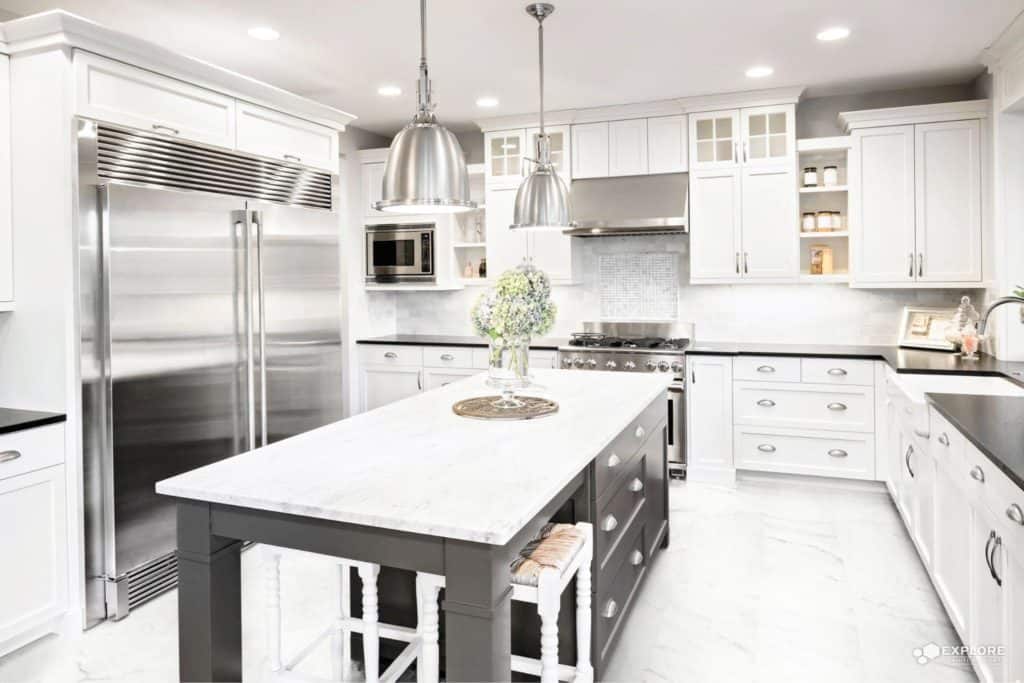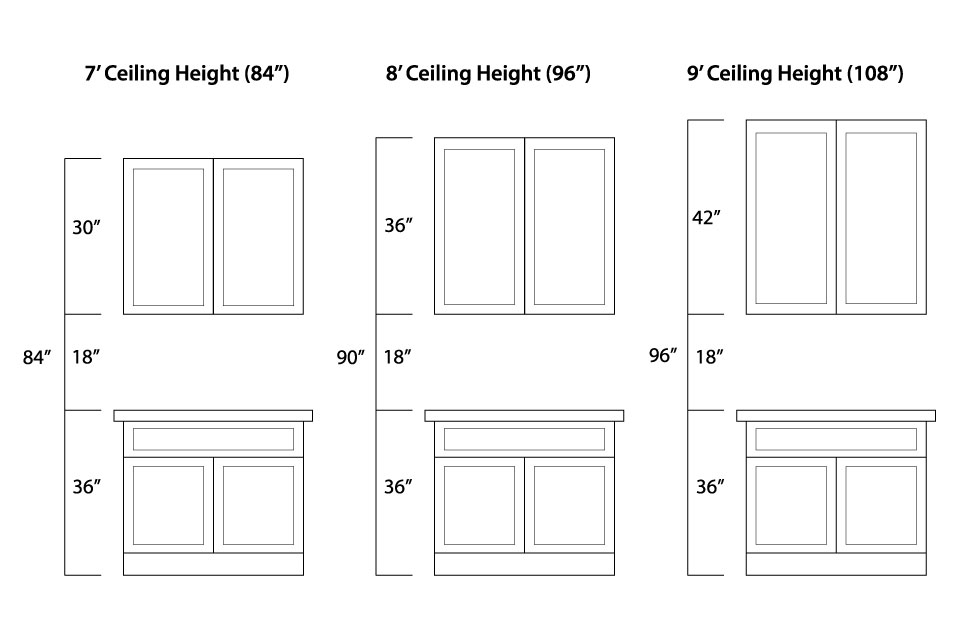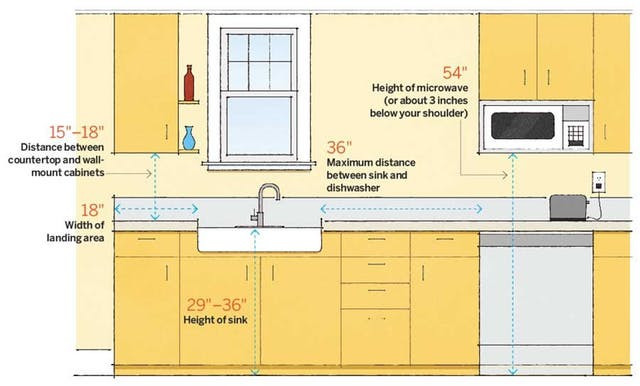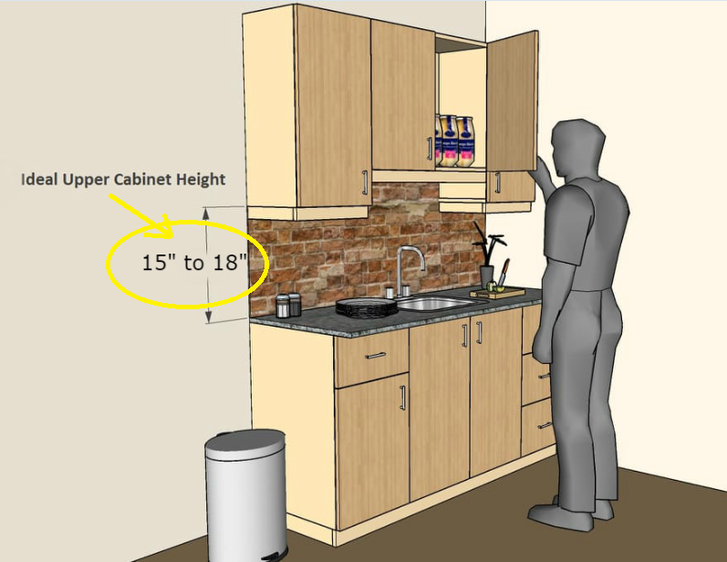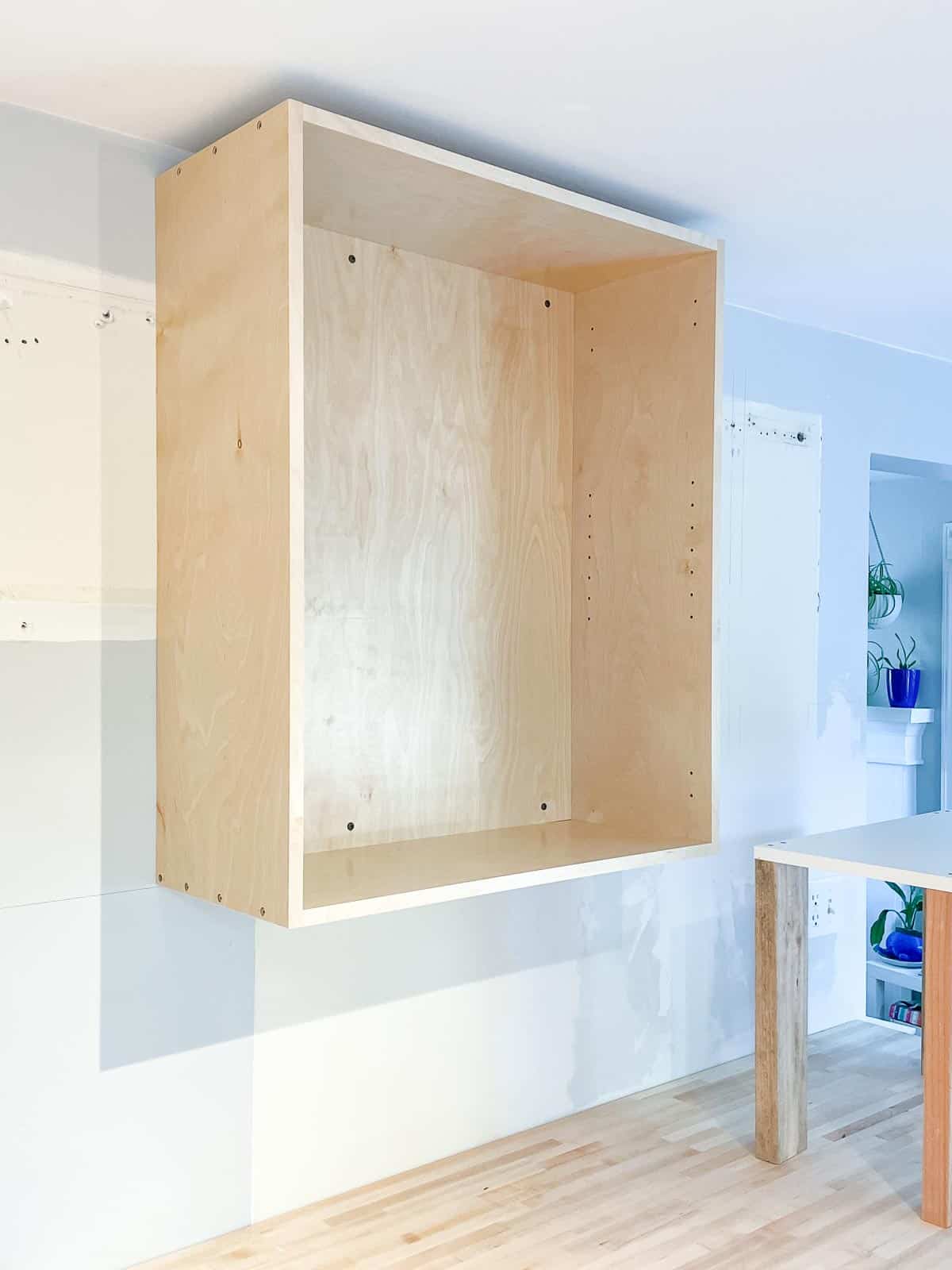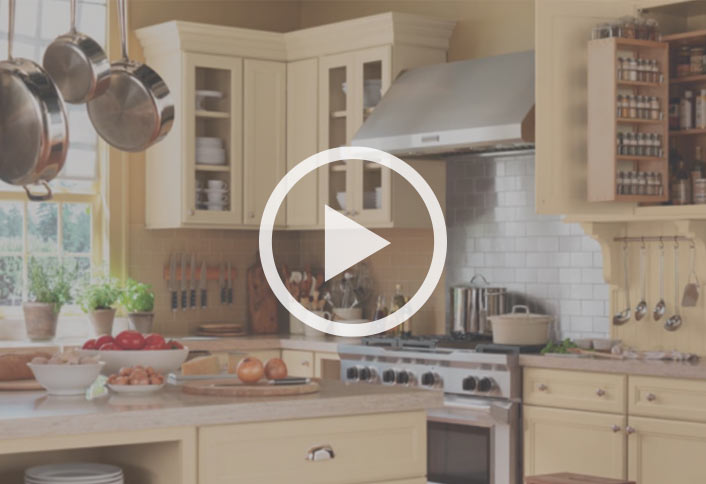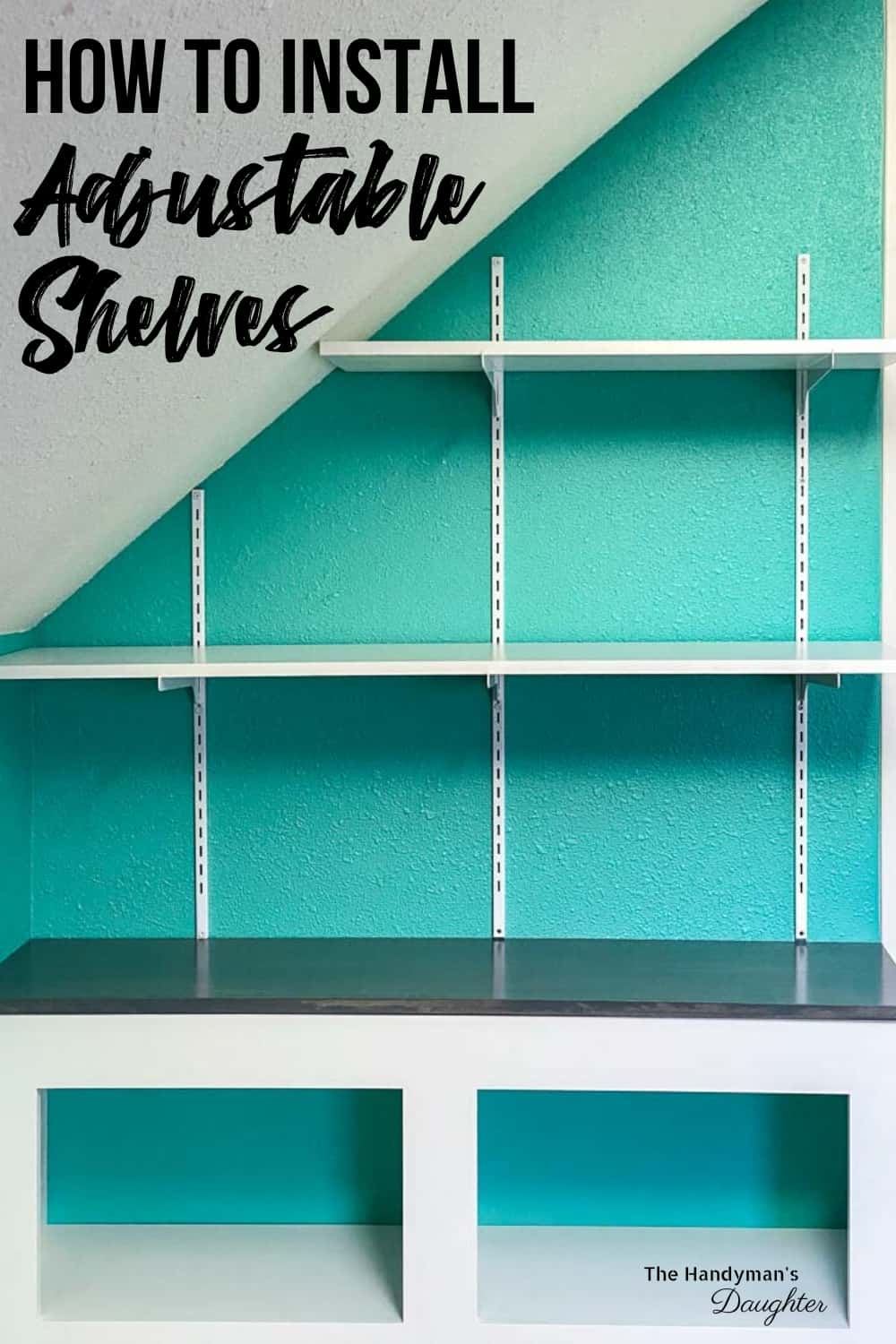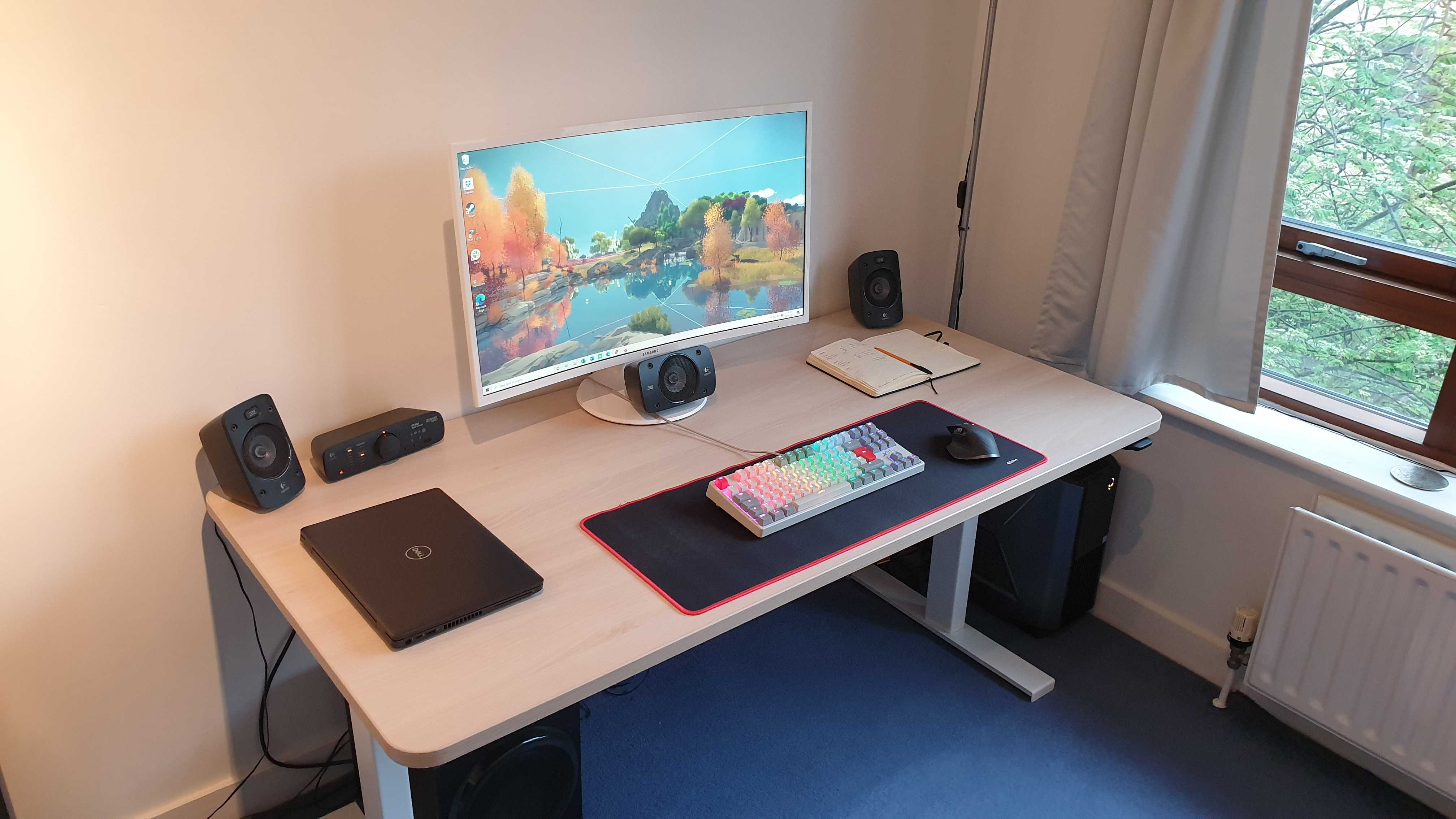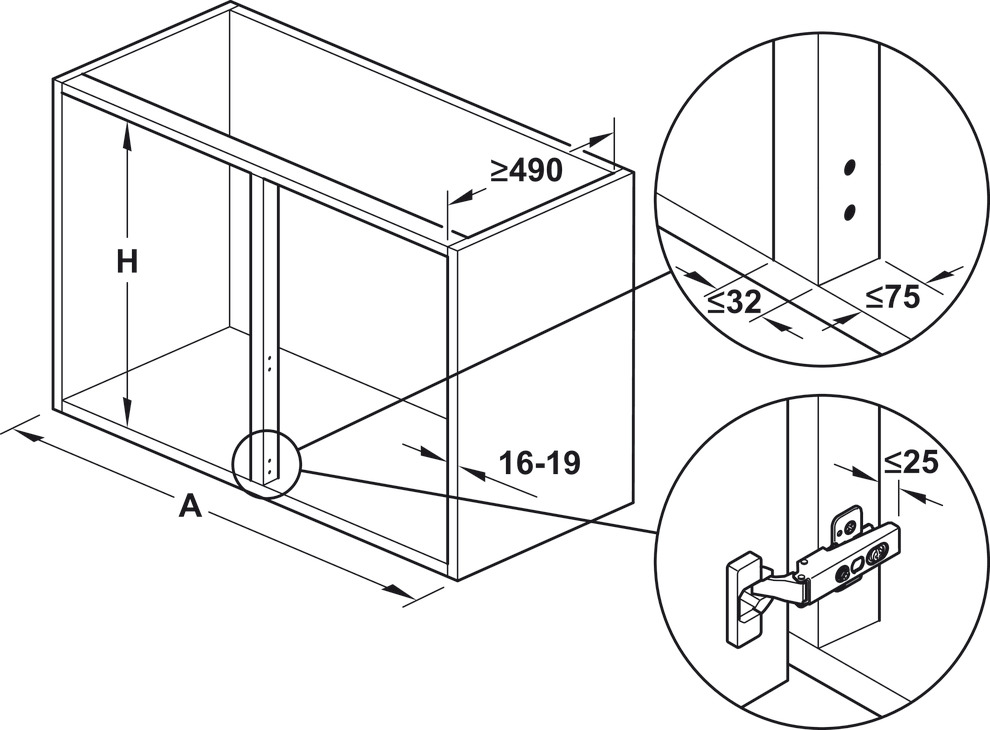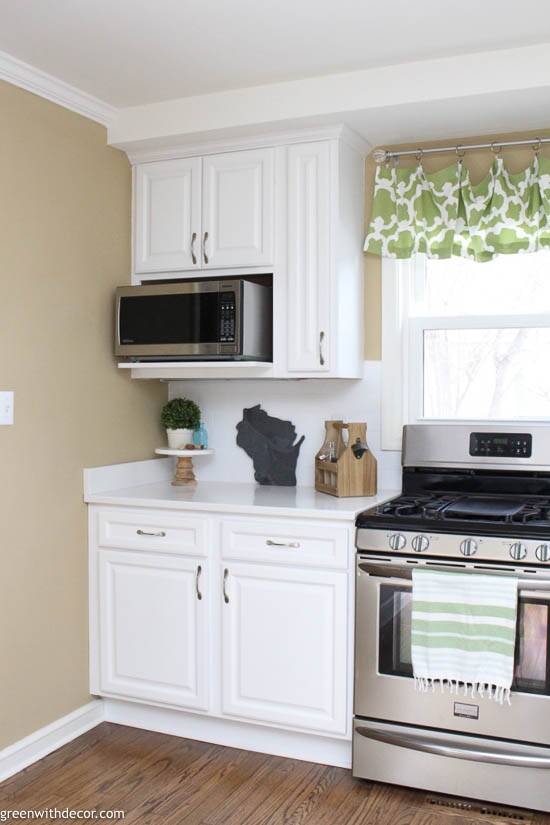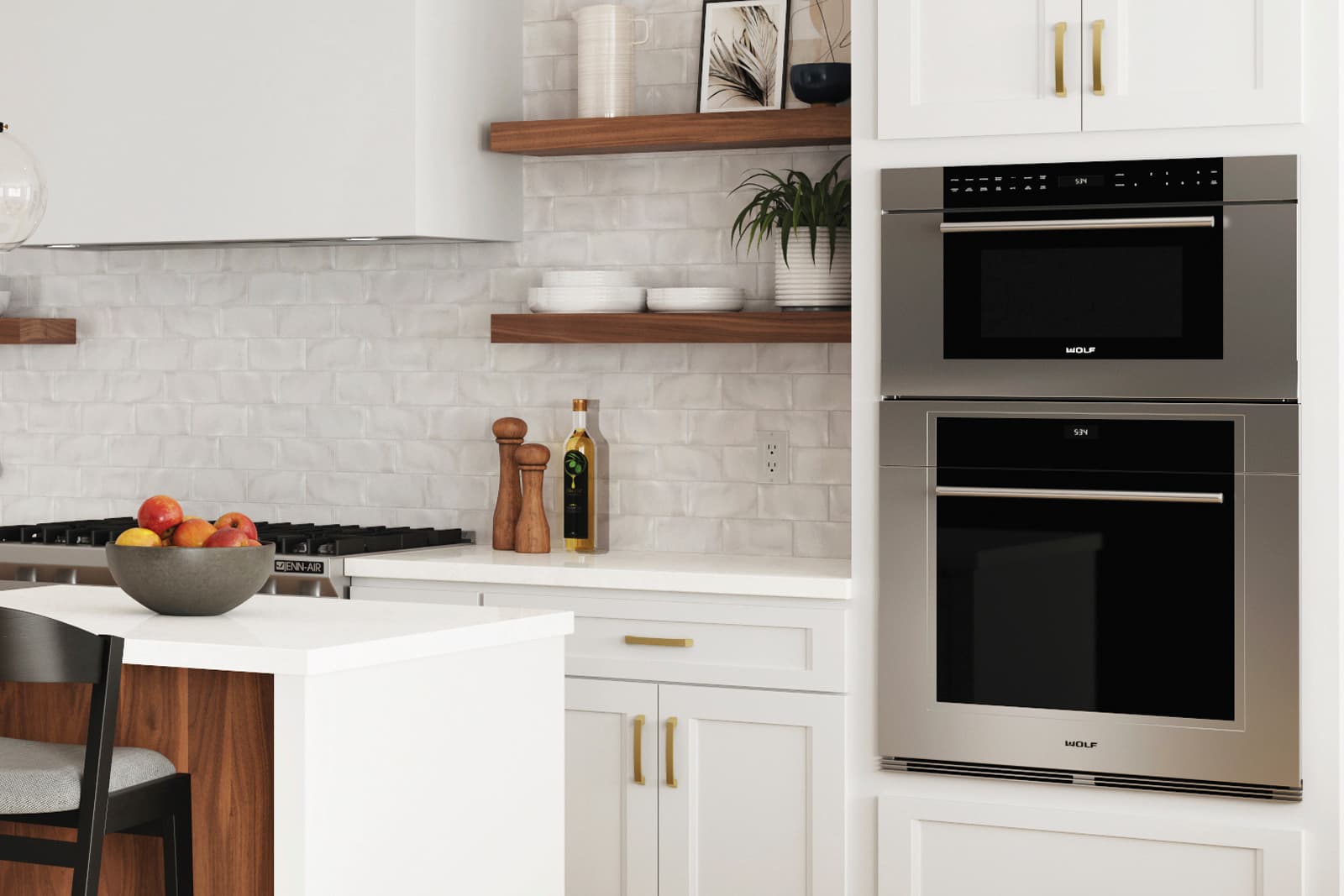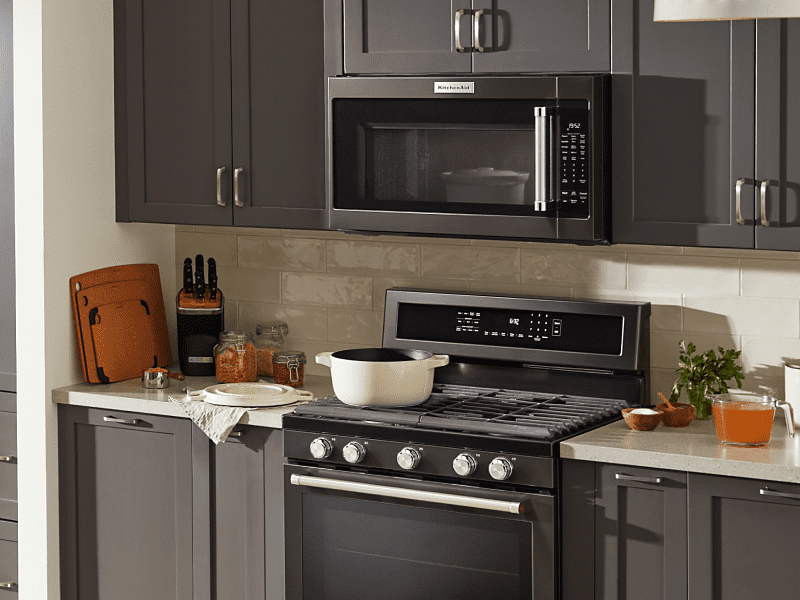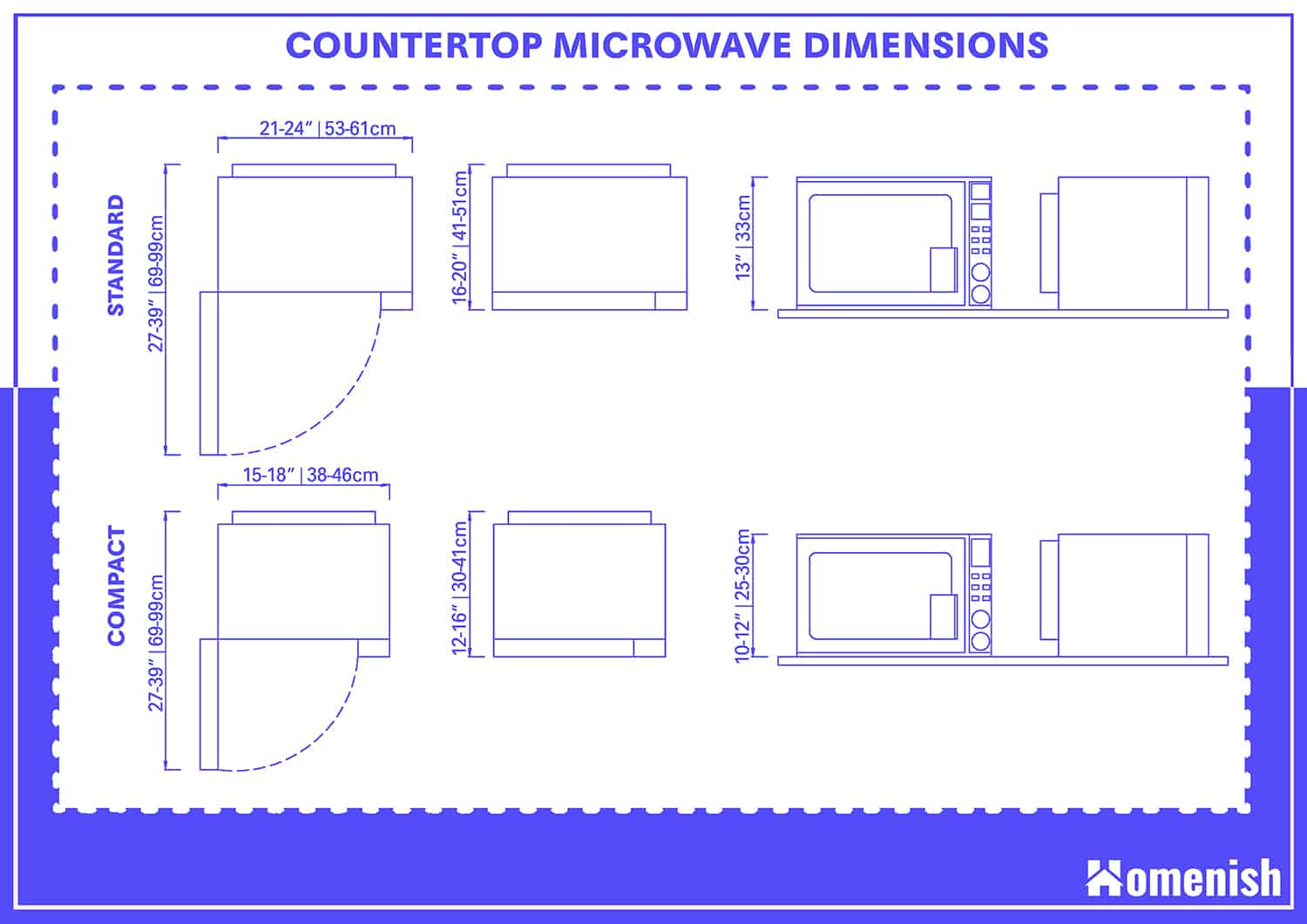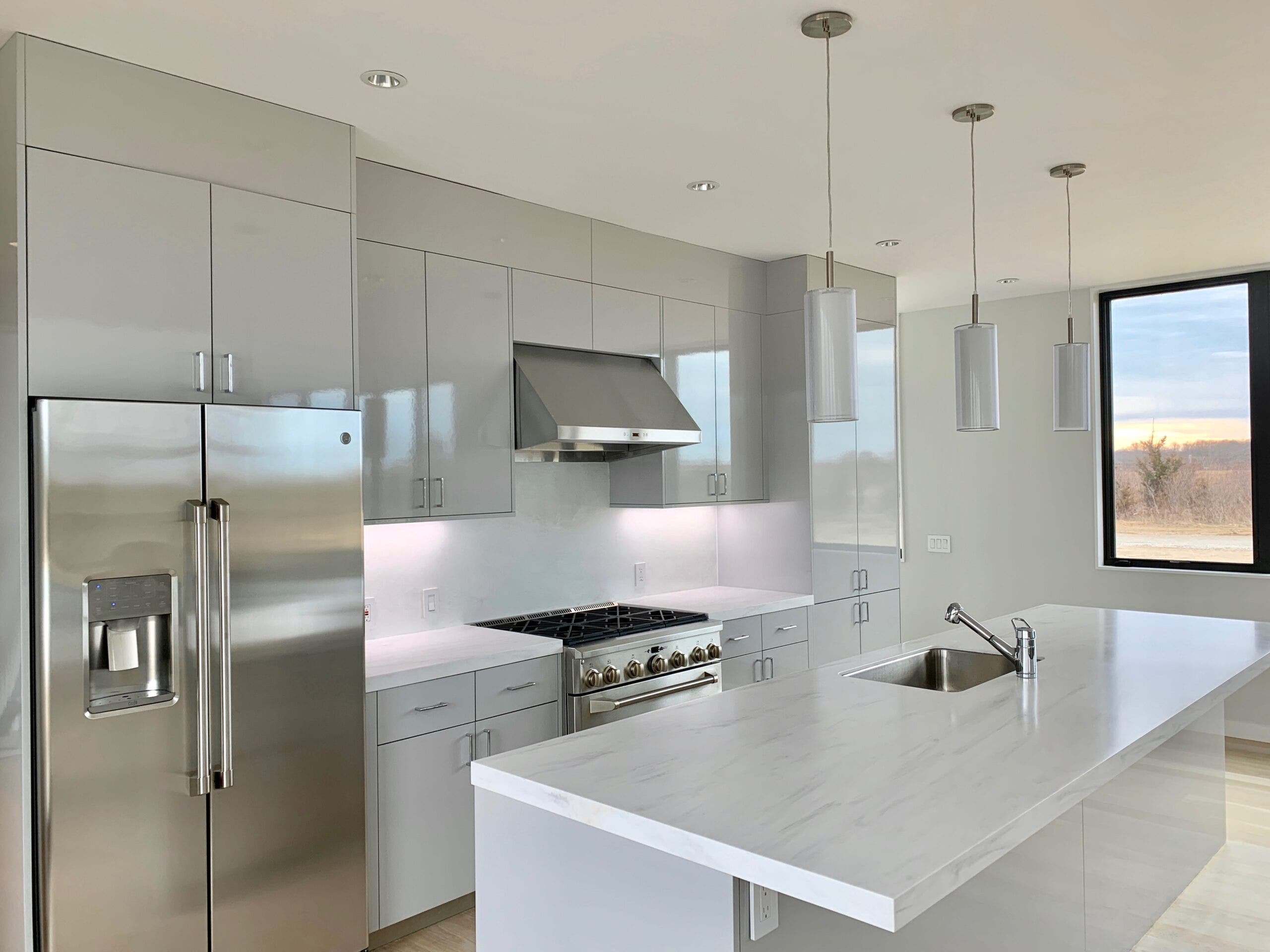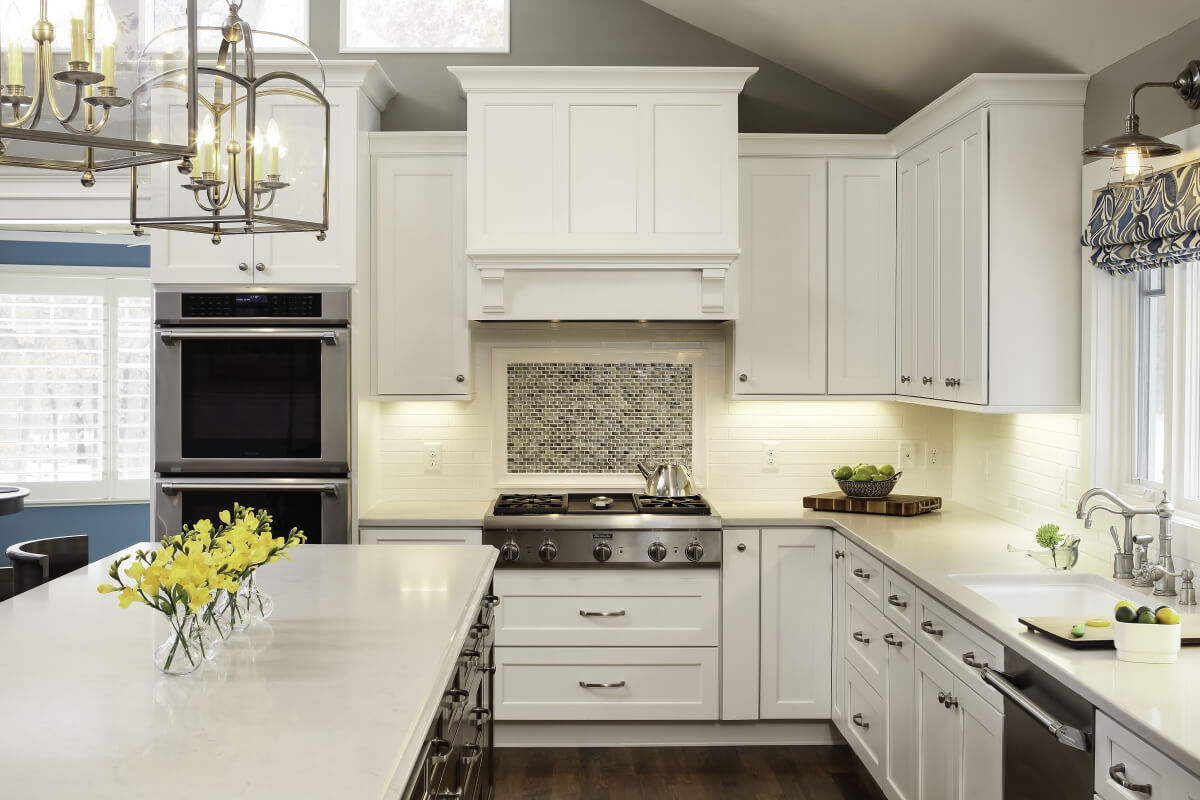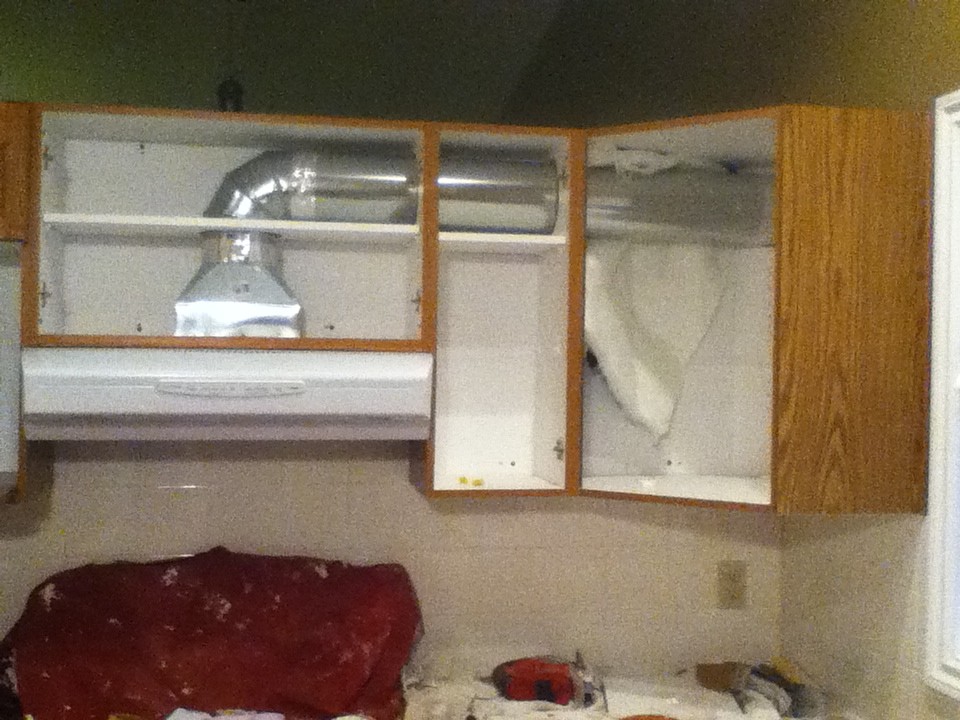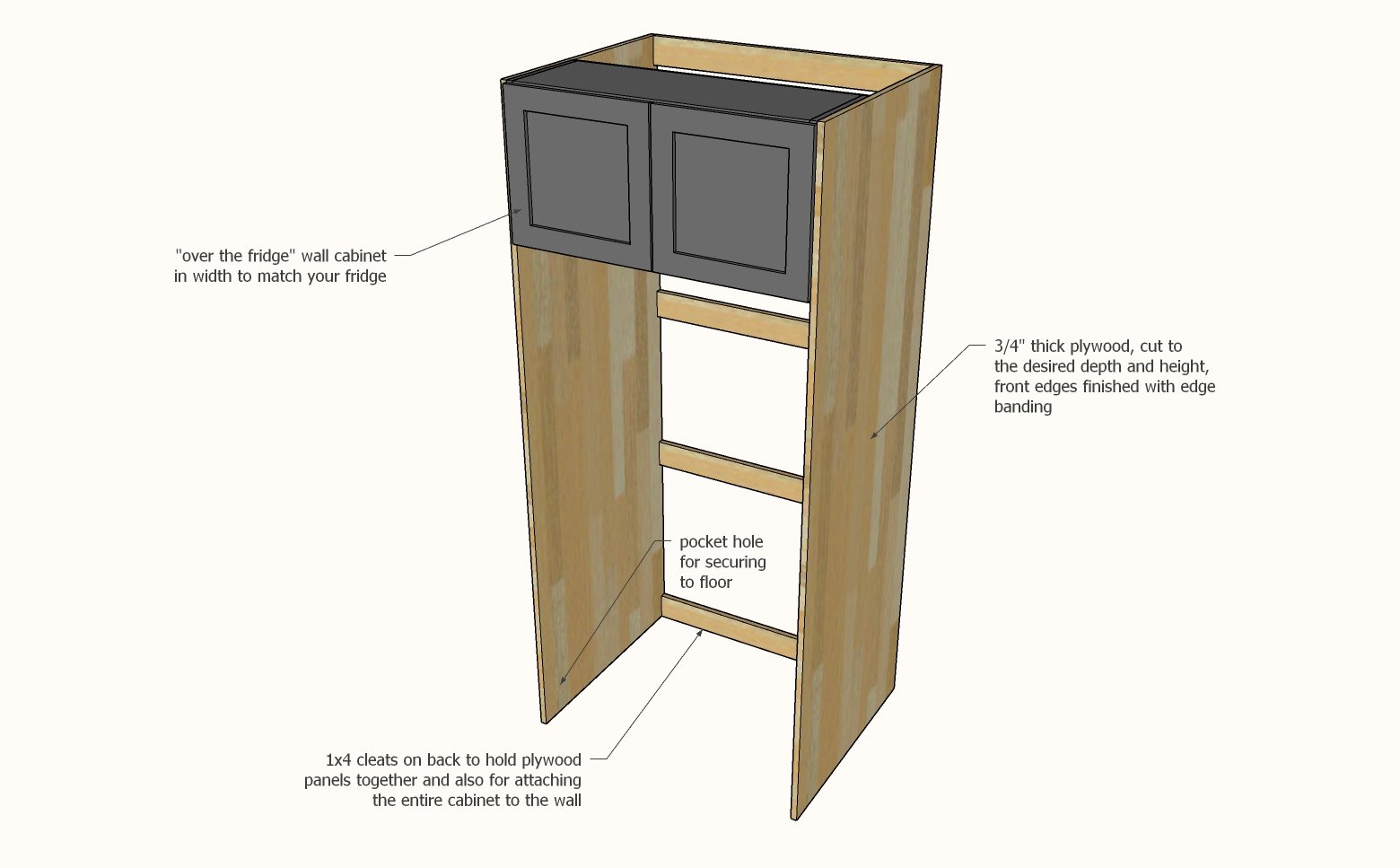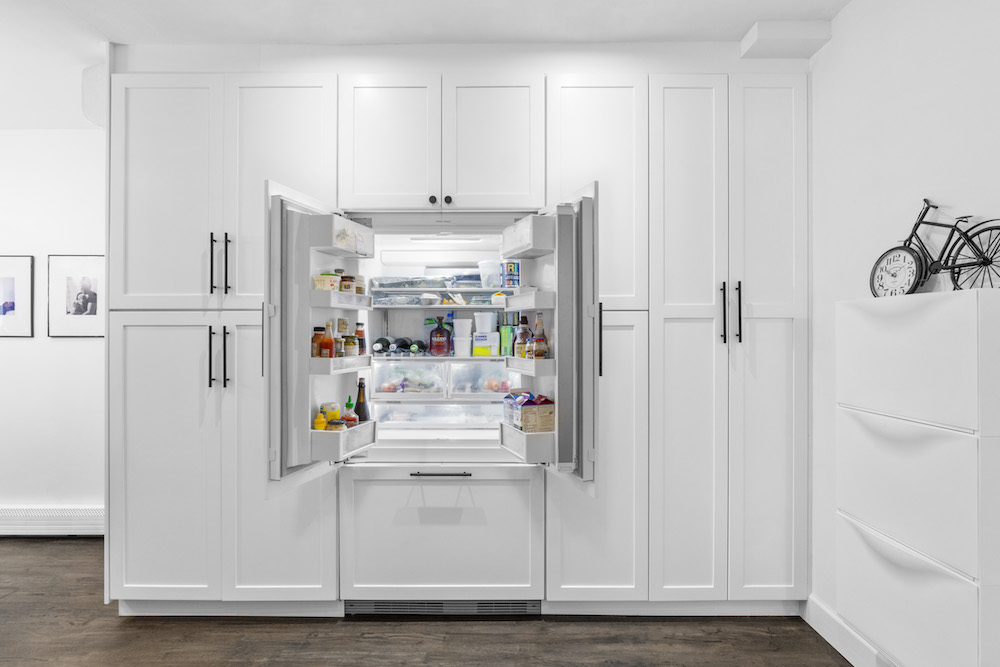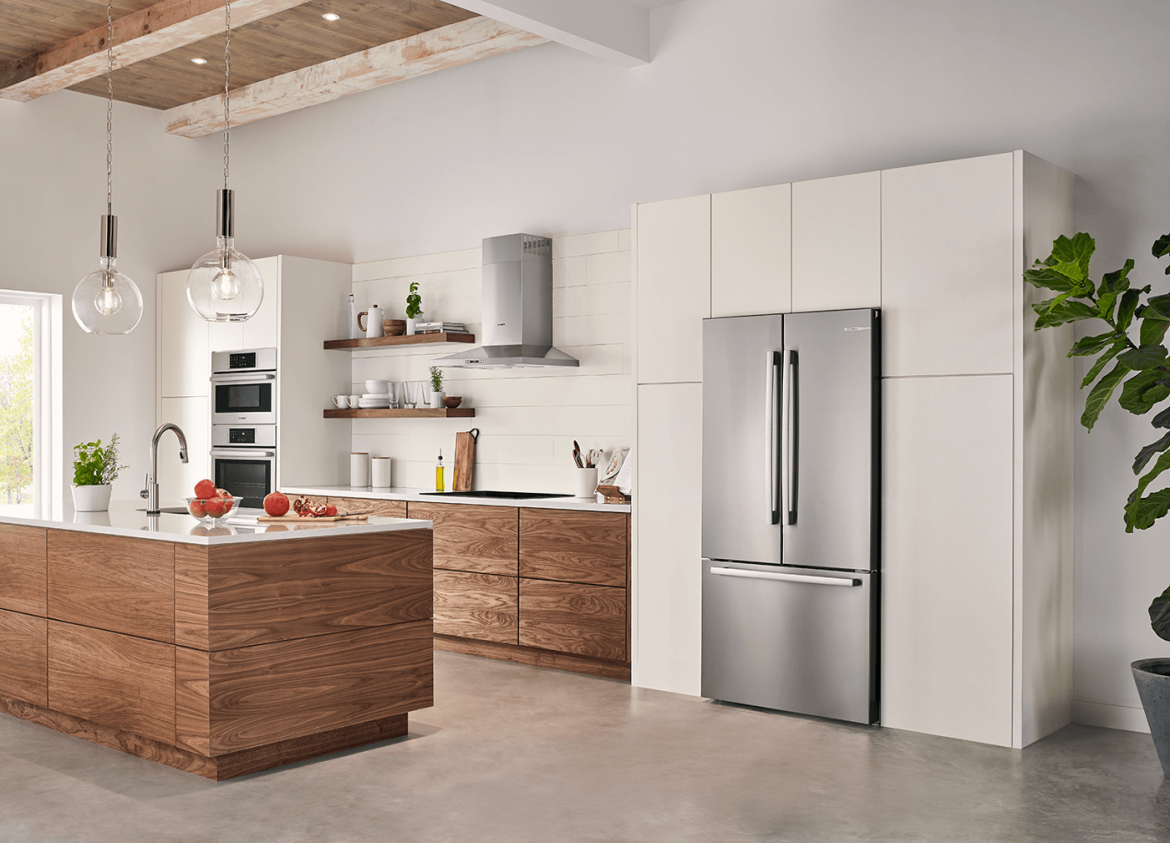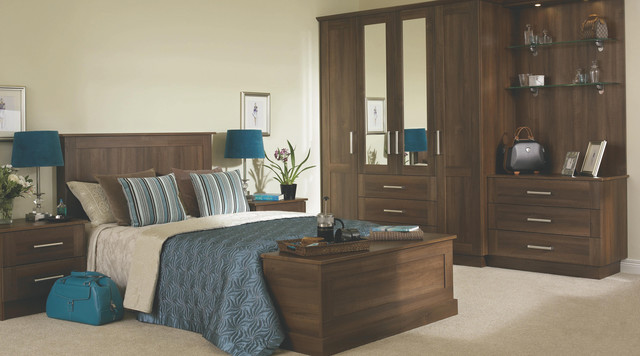When designing a new kitchen or renovating an existing one, one of the key considerations is the size and placement of kitchen cabinets. These essential storage units not only provide organization but also contribute to the overall aesthetic of your kitchen. To ensure that your kitchen cabinets are functional and visually appealing, it is important to understand the standard dimensions for kitchen cabinets. standard kitchen cabinet dimensions vary depending on the type of cabinet and its purpose. However, there are some general guidelines that can help you determine the appropriate size for your kitchen cabinets.Standard Kitchen Cabinet Dimensions
Before you can determine the right size for your kitchen cabinets, you need to properly measure the space where they will be installed. This will ensure that your cabinets fit snugly and make the most of the available space. To measure for kitchen cabinets, follow these steps: 1. Measure the length and width of the walls where the cabinets will be installed. 2. Measure the height of the ceiling and mark this on your measurements. 3. Measure the distance between windows, doors, and other obstacles that may affect the placement of your cabinets. 4. Take into account the placement of appliances and how much space they will need. how to measure for kitchen cabinets is an important step in the design process and should not be overlooked. It is always better to have accurate measurements to avoid any potential issues during installation.How to Measure for Kitchen Cabinets
The height of your kitchen cabinets is a critical factor in their functionality and overall appearance. The optimal kitchen cabinet height will depend on your own height and the design of your kitchen. However, the standard height for base kitchen cabinets is 34.5 inches, while wall cabinets are typically 30 inches high. It is important to consider the height of the person who will be using the kitchen the most. For example, if you are on the taller side, you may want to raise the height of the base cabinets to 36 inches for easier access. On the other hand, if you have shorter family members, you may opt for a lower cabinet height.Optimal Kitchen Cabinet Height
The space between your wall cabinets and countertop is also an important consideration. The wall cabinet height above the countertop will depend on the size of your cabinets and the height of your ceiling. However, the standard distance is between 18 and 20 inches. This distance is important to ensure that you have enough room to work on the countertop, while also providing enough space for the cabinets to open without hitting your head. If you have higher ceilings, you may opt for taller wall cabinets or even add a second row of cabinets for extra storage.Wall Cabinet Height Above Countertop
The standard wall cabinet height is 30 inches, but this can vary depending on the design of your kitchen and your personal preferences. Some homeowners may choose to have taller wall cabinets for increased storage space, while others may opt for shorter cabinets for a more open and airy look. Standard wall cabinets are typically 12 inches deep, but this can also vary depending on the size and placement of your appliances. It is important to consider the size and layout of your kitchen when determining the ideal height for your wall cabinets.Standard Wall Cabinet Height
Once you have determined the appropriate height for your wall cabinets, it is time to install them. How to install wall cabinets will depend on the type of cabinets you have chosen, but generally, the process involves the following steps: 1. Measure and mark the height of your cabinets on the wall. 2. Use a stud finder to locate the wall studs and mark them on the wall. 3. Drill pilot holes into the wall studs and secure the cabinets in place using screws. 4. Use a level to ensure that the cabinets are installed evenly. 5. Connect the cabinets together using cabinet screws. 6. Finally, attach the cabinet doors and hardware. how to install wall cabinets may seem like a daunting task, but with the right tools and careful measurements, it can be a relatively simple process.How to Install Wall Cabinets
For added flexibility and customization, you may want to consider adjustable wall cabinet height. This allows you to lower or raise the cabinets to your desired height, making them more accessible for individuals of different heights. Adjustable cabinets are also a great option for families with growing children, as you can easily change the height as they get taller. Some adjustable wall cabinets come with pre-drilled holes for easy adjustment, while others may require additional hardware to adjust the height. Be sure to read the manufacturer's instructions carefully before attempting to adjust your cabinets.Adjustable Wall Cabinet Height
If you plan on installing a microwave in your kitchen, it is important to consider the wall cabinet height for microwave. The standard height for a wall cabinet above a microwave is 18 inches, but this can vary depending on the size and type of microwave you have chosen. It is also important to consider the placement of your microwave in relation to your other appliances. Make sure there is enough space for the microwave to open without being obstructed by other cabinets or appliances.Wall Cabinet Height for Microwave
The wall cabinet height for range hood is typically the same as the height for a microwave – 18 inches. However, some range hoods may require more clearance, so it is important to check the manufacturer's specifications before installing your cabinets. It is also important to consider the size and design of your range hood when determining the appropriate height for your wall cabinets. You want to ensure that the range hood is properly ventilated and does not interfere with the functionality of your cabinets.Wall Cabinet Height for Range Hood
The wall cabinet height for refrigerator is typically the same as the rest of your wall cabinets – 30 inches. However, if you have a larger refrigerator or one with a top-mounted freezer, you may need to leave more space above for proper ventilation. It is also important to consider the placement of your refrigerator in relation to your cabinets. Make sure there is enough space for the refrigerator door to fully open without hitting any cabinets or obstacles.Wall Cabinet Height for Refrigerator
Kitchen Cabinet Wall Cabinet Height: Finding the Perfect Fit for Your House Design

Choosing the right kitchen cabinets
 When it comes to designing your dream kitchen, one of the most important decisions you will have to make is choosing the right
kitchen cabinets
. Not only do they serve as functional storage solutions, but they also play a crucial role in the overall aesthetic of your kitchen. With a wide range of styles, materials, and sizes, it can be overwhelming to decide which cabinets are best for your space. However, one factor that is often overlooked but equally important is
wall cabinet height
.
When it comes to designing your dream kitchen, one of the most important decisions you will have to make is choosing the right
kitchen cabinets
. Not only do they serve as functional storage solutions, but they also play a crucial role in the overall aesthetic of your kitchen. With a wide range of styles, materials, and sizes, it can be overwhelming to decide which cabinets are best for your space. However, one factor that is often overlooked but equally important is
wall cabinet height
.
The importance of wall cabinet height
Determining the ideal wall cabinet height
 The height of your wall cabinets should be based on your personal preferences, as well as the overall design of your kitchen. Some factors to consider include the height of your ceilings, the size and layout of your kitchen, and the style of your cabinets. For example, if you have high ceilings, taller wall cabinets can create a more grand and spacious feel. On the other hand, if your kitchen is on the smaller side, opting for shorter cabinets can make the space feel less cramped.
Another important factor to consider when determining wall cabinet height
is the functionality of your kitchen. If you are someone who is tall, installing cabinets that are too low can be inconvenient and uncomfortable. On the other hand, if you have a smaller stature, reaching for items in cabinets that are too high can also be a hassle. Finding the right height will ensure that your cabinets are not only aesthetically pleasing but also functional for everyday use.
The height of your wall cabinets should be based on your personal preferences, as well as the overall design of your kitchen. Some factors to consider include the height of your ceilings, the size and layout of your kitchen, and the style of your cabinets. For example, if you have high ceilings, taller wall cabinets can create a more grand and spacious feel. On the other hand, if your kitchen is on the smaller side, opting for shorter cabinets can make the space feel less cramped.
Another important factor to consider when determining wall cabinet height
is the functionality of your kitchen. If you are someone who is tall, installing cabinets that are too low can be inconvenient and uncomfortable. On the other hand, if you have a smaller stature, reaching for items in cabinets that are too high can also be a hassle. Finding the right height will ensure that your cabinets are not only aesthetically pleasing but also functional for everyday use.
Customizing wall cabinet height
 While standard measurements can be a helpful guide, it is important to remember that every kitchen is unique and may require customized wall cabinet height. If you have a specific design in mind or have specific storage needs, custom cabinets may be the best option for you. With custom cabinets, you have the freedom to choose the height, depth, and style to best fit your kitchen and personal preferences.
In conclusion,
kitchen cabinet wall cabinet height
is a crucial aspect of house design that should not be overlooked. It can greatly impact the functionality and overall aesthetic of your kitchen. By considering factors such as personal preferences, kitchen layout, and storage needs, you can find the perfect height for your wall cabinets. And if standard measurements do not work for your space, custom cabinets are always an option. So take the time to carefully consider your options and create a kitchen that is not only beautiful but also functional.
While standard measurements can be a helpful guide, it is important to remember that every kitchen is unique and may require customized wall cabinet height. If you have a specific design in mind or have specific storage needs, custom cabinets may be the best option for you. With custom cabinets, you have the freedom to choose the height, depth, and style to best fit your kitchen and personal preferences.
In conclusion,
kitchen cabinet wall cabinet height
is a crucial aspect of house design that should not be overlooked. It can greatly impact the functionality and overall aesthetic of your kitchen. By considering factors such as personal preferences, kitchen layout, and storage needs, you can find the perfect height for your wall cabinets. And if standard measurements do not work for your space, custom cabinets are always an option. So take the time to carefully consider your options and create a kitchen that is not only beautiful but also functional.
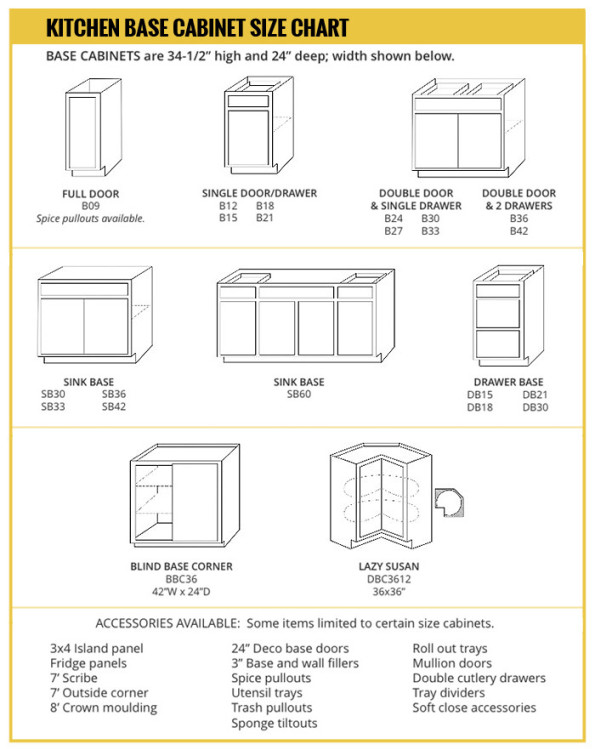


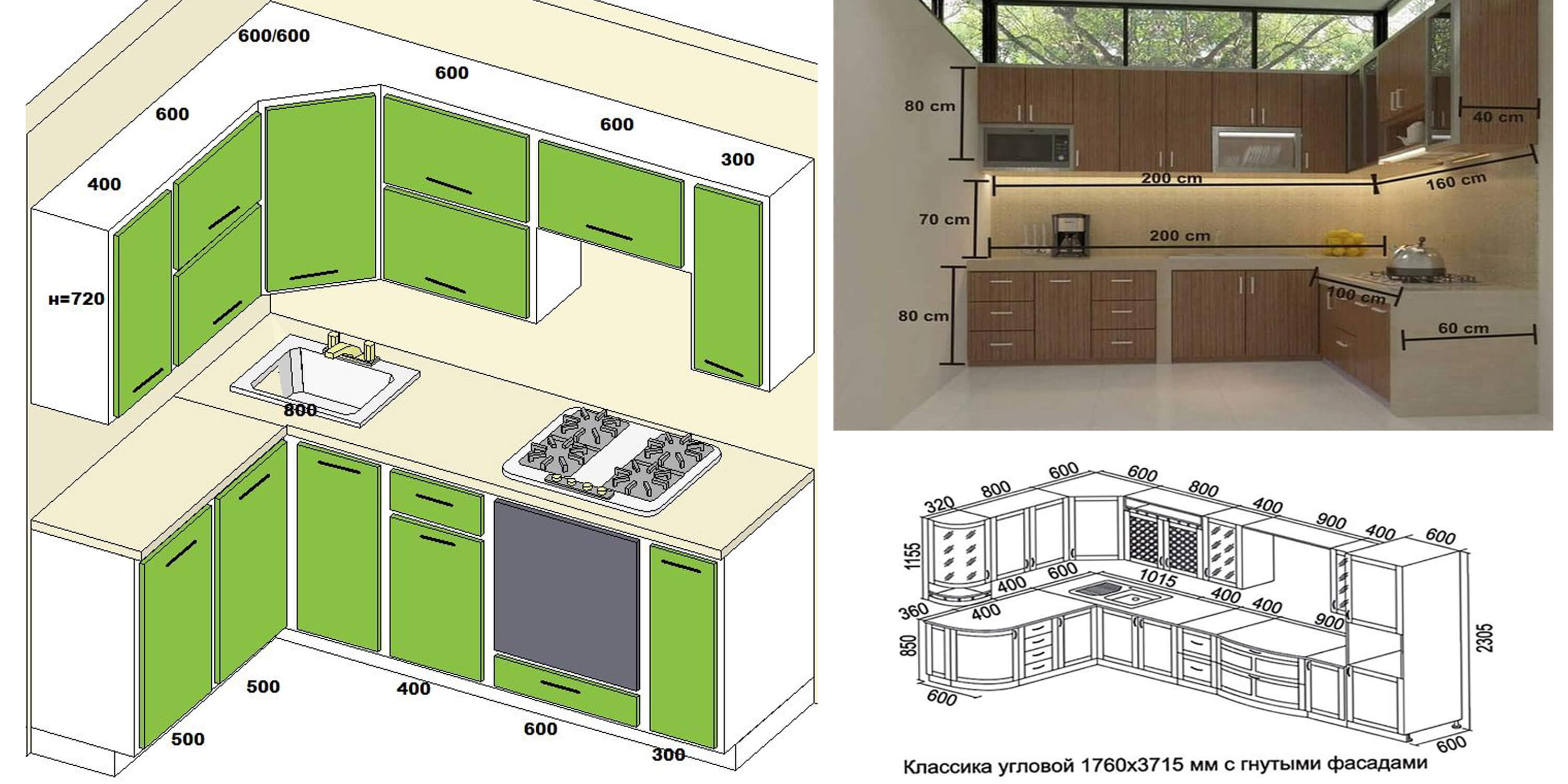
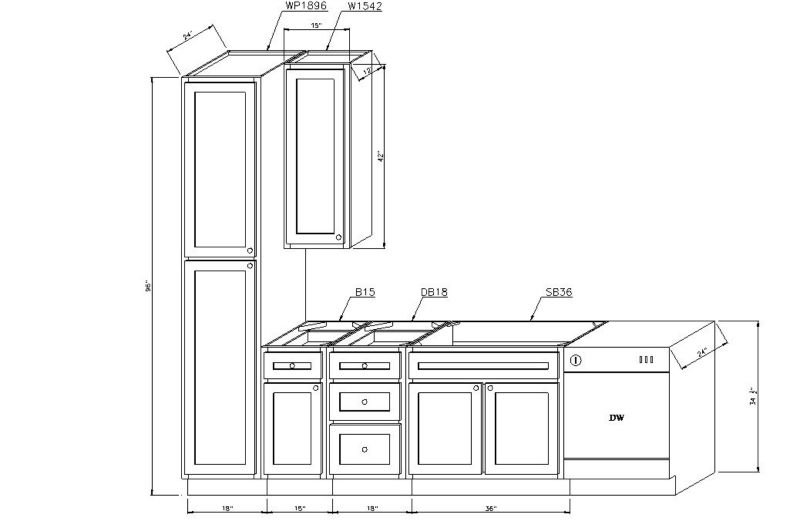


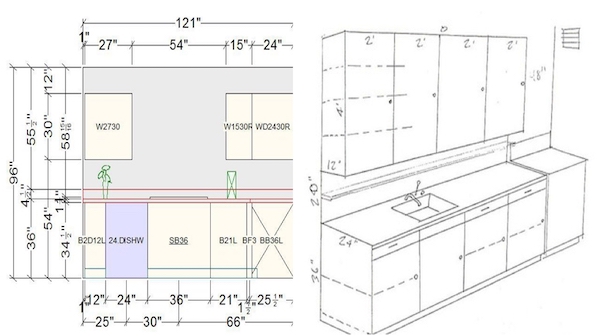
:max_bytes(150000):strip_icc()/guide-to-common-kitchen-cabinet-sizes-1822029_1_final-5c89617246e0fb0001cbf60d.png)
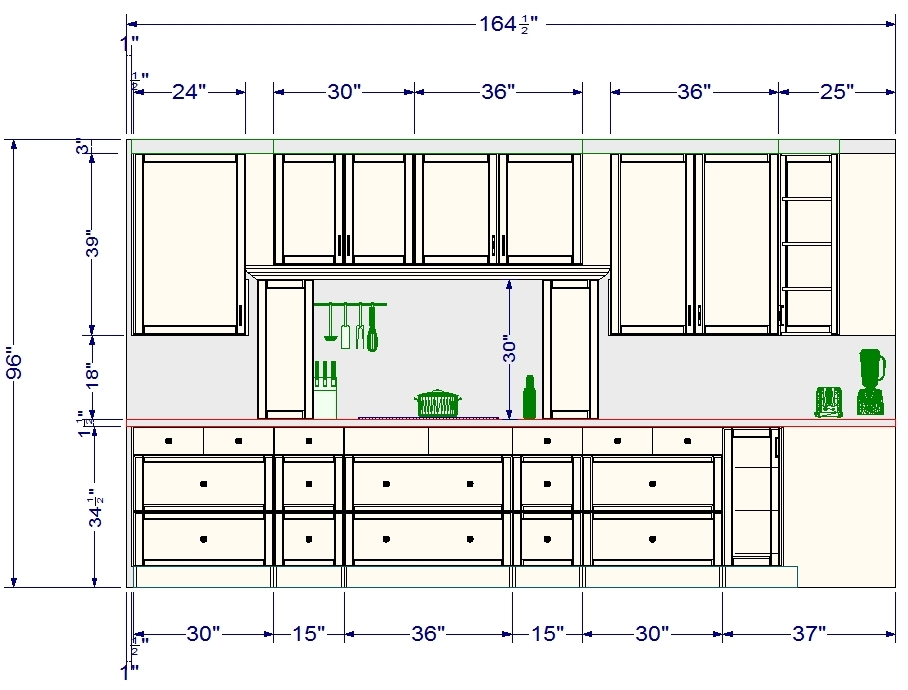






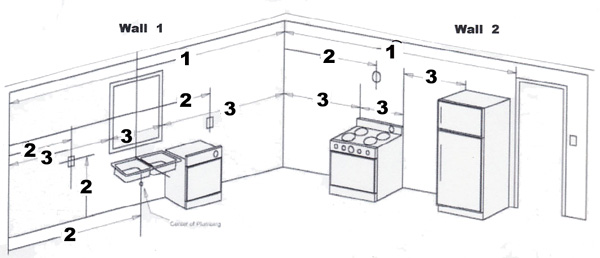


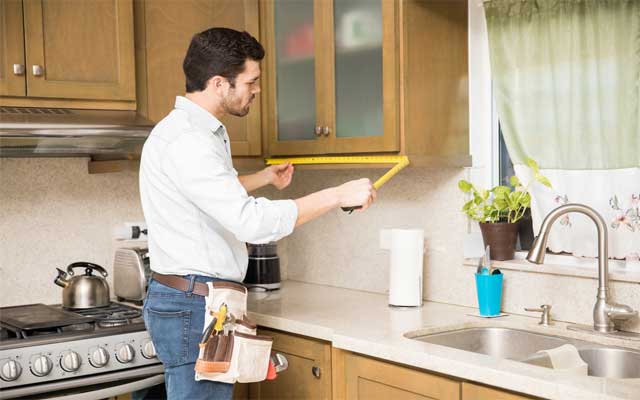



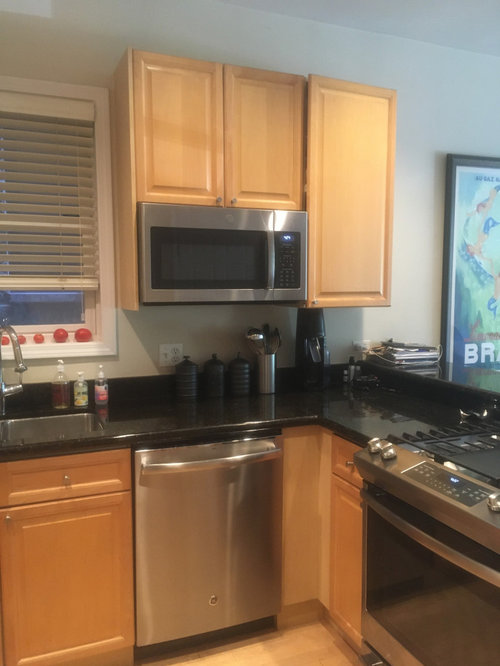

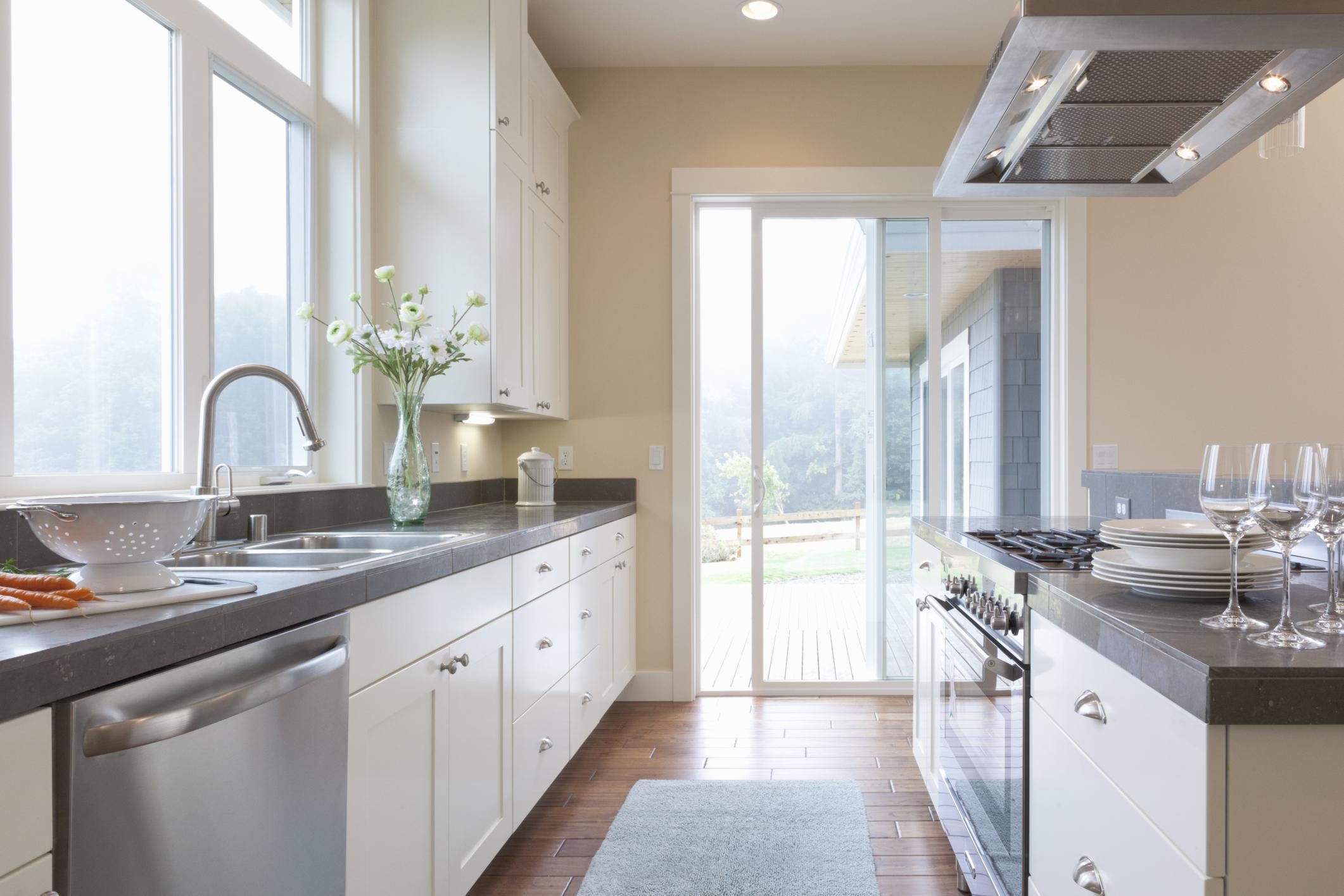
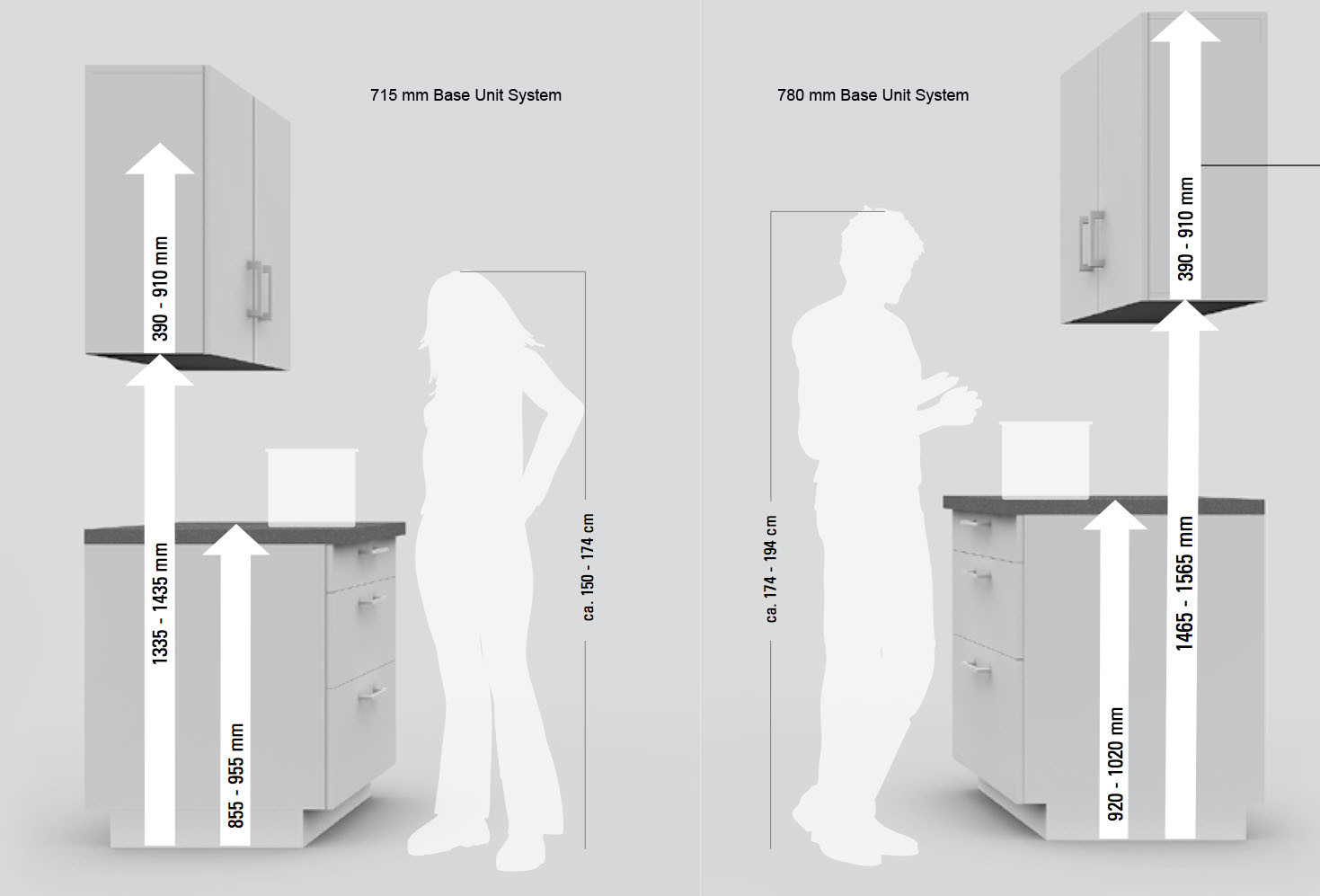
/82630153-56a2ae863df78cf77278c256.jpg?resize=720%2C540&ssl=1)


:fill(FFCC00,1)/kitchen-167449465-G1-589d4be73df78c4758d706ff.jpg)

